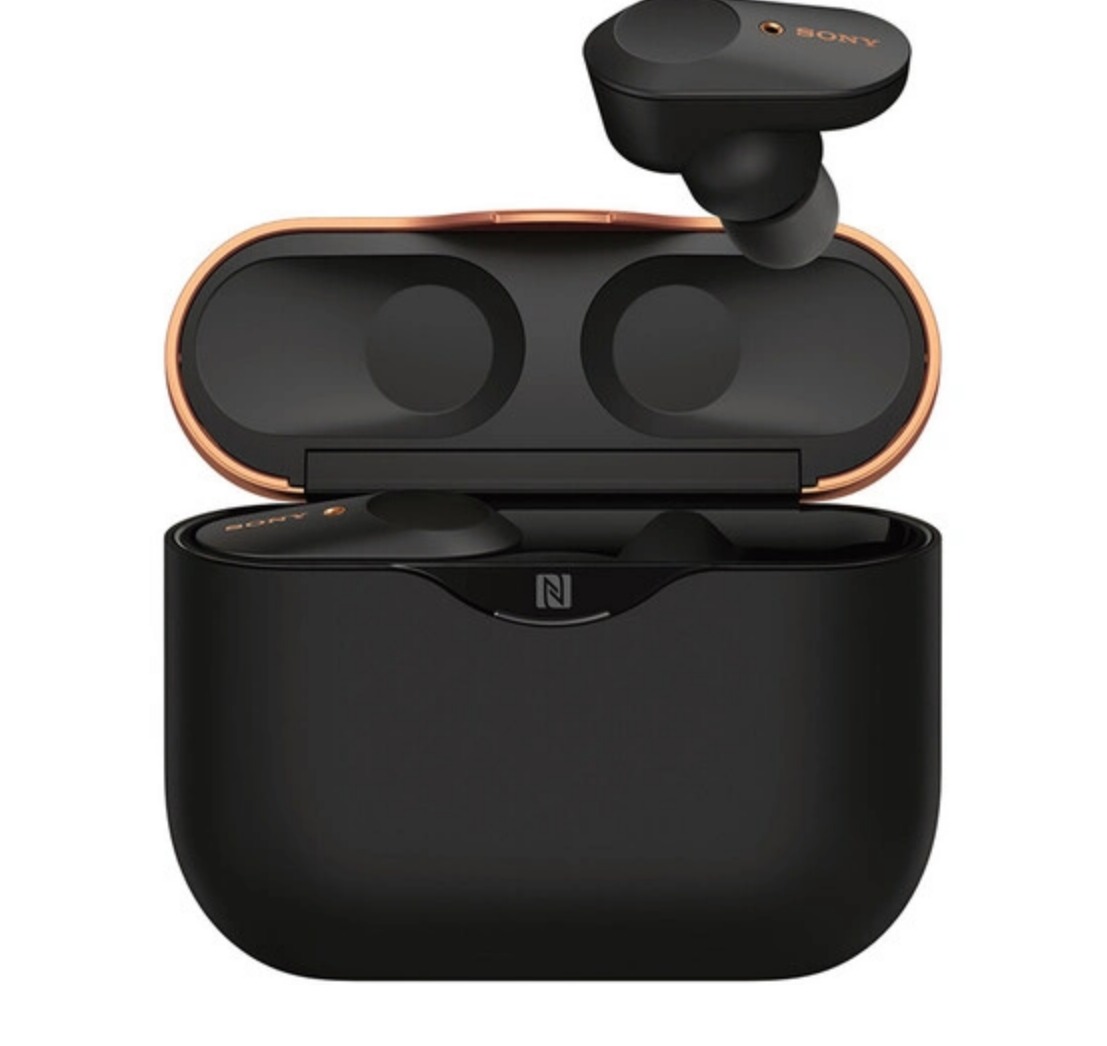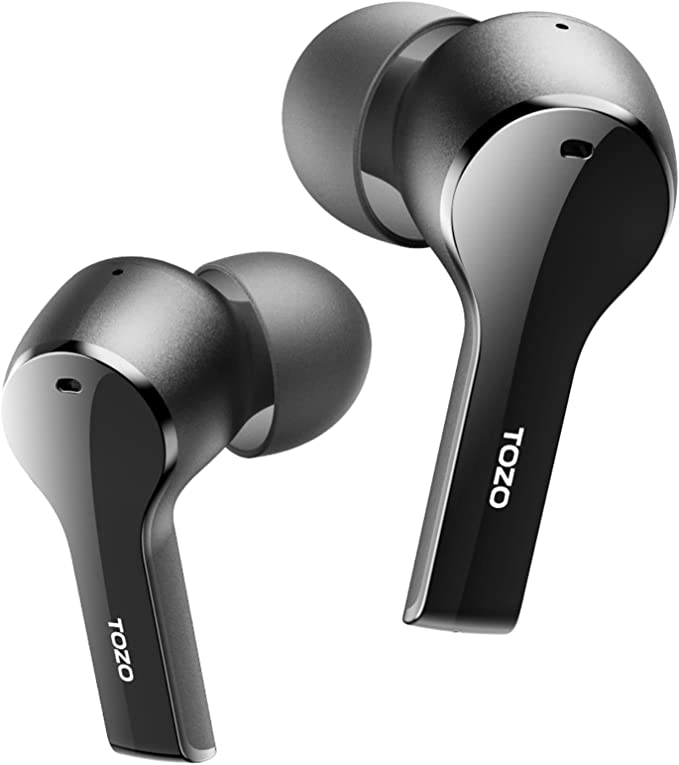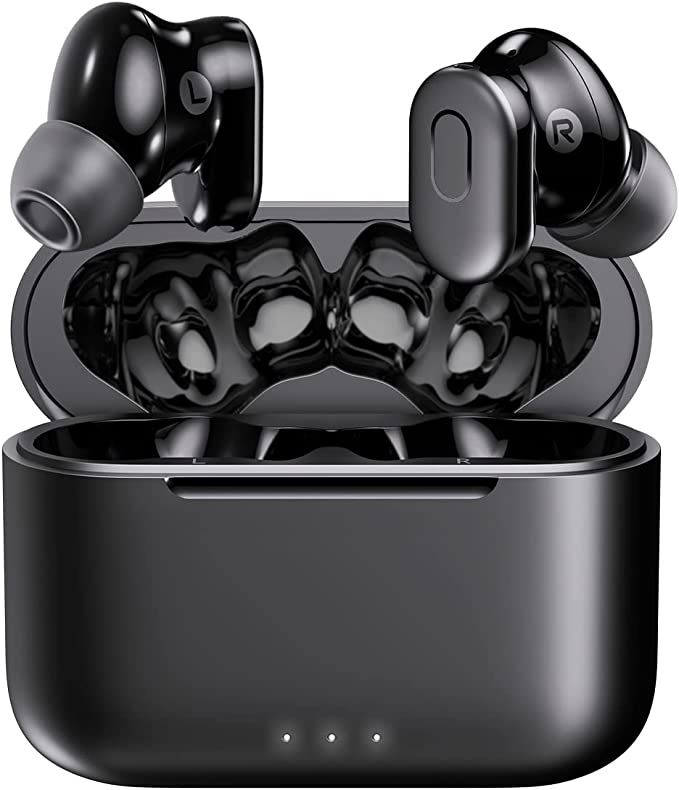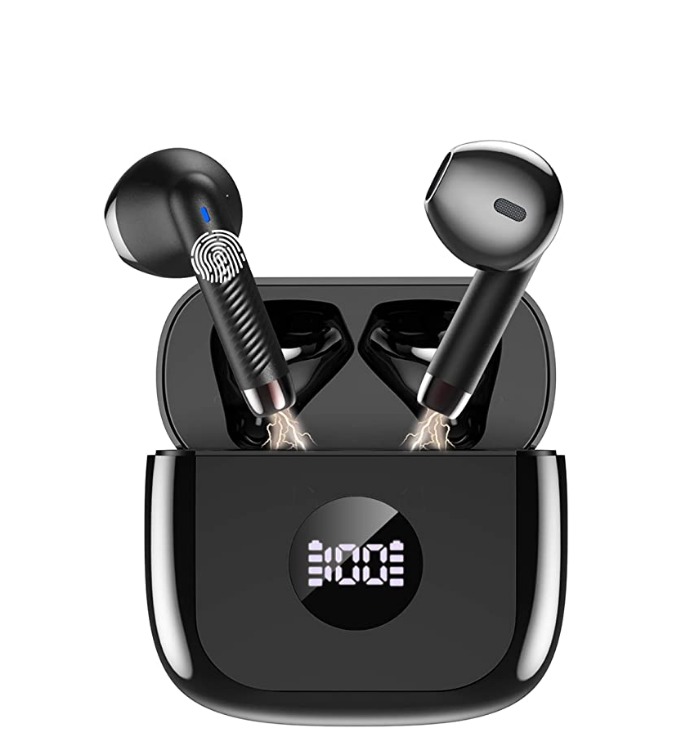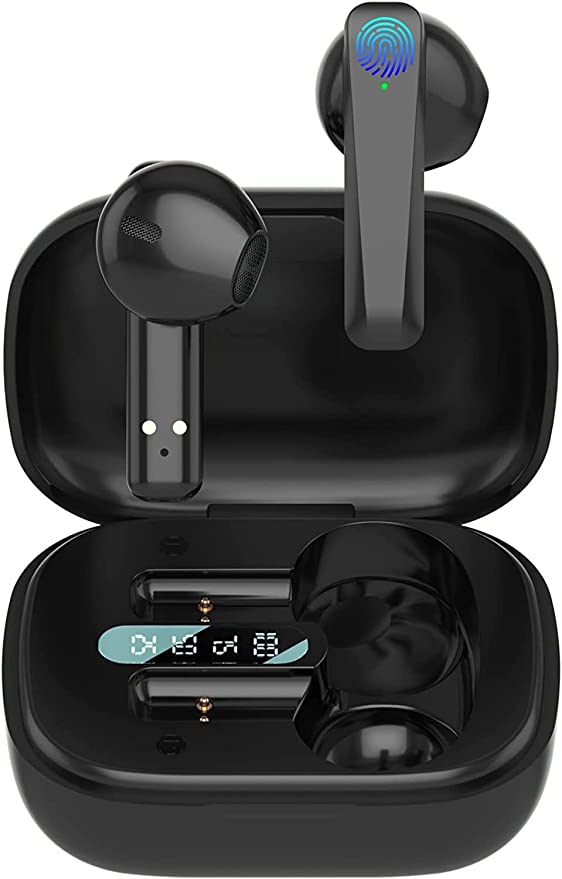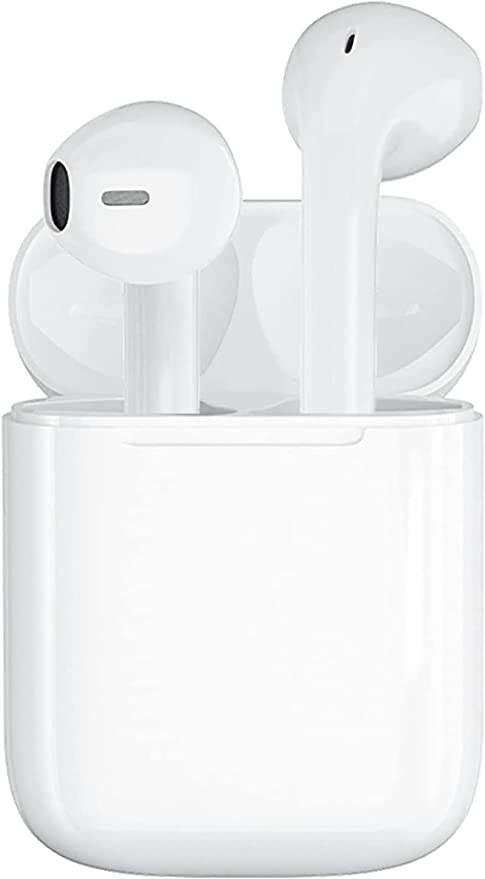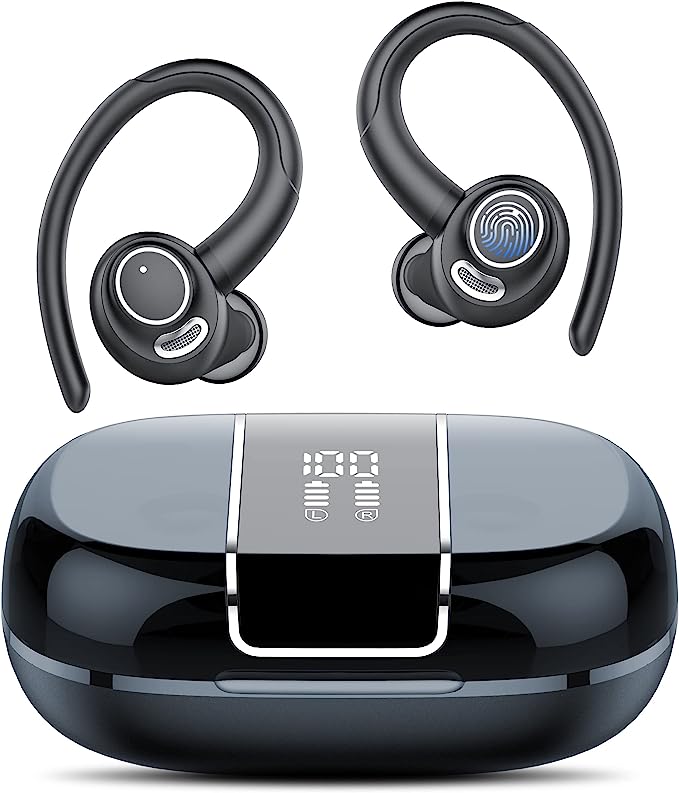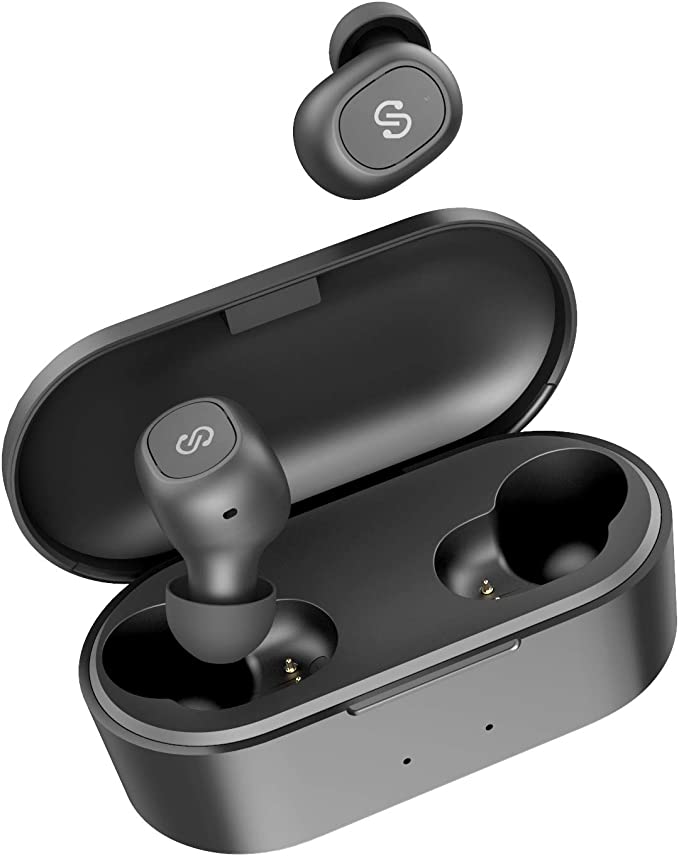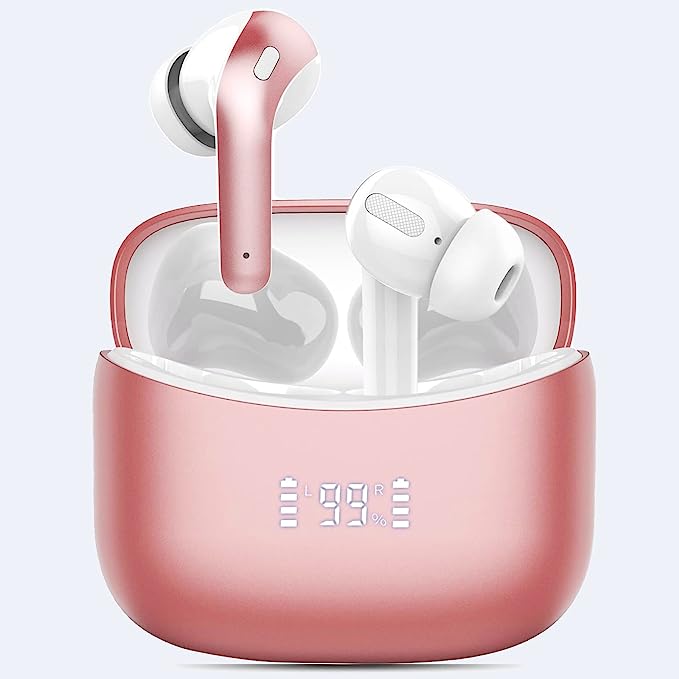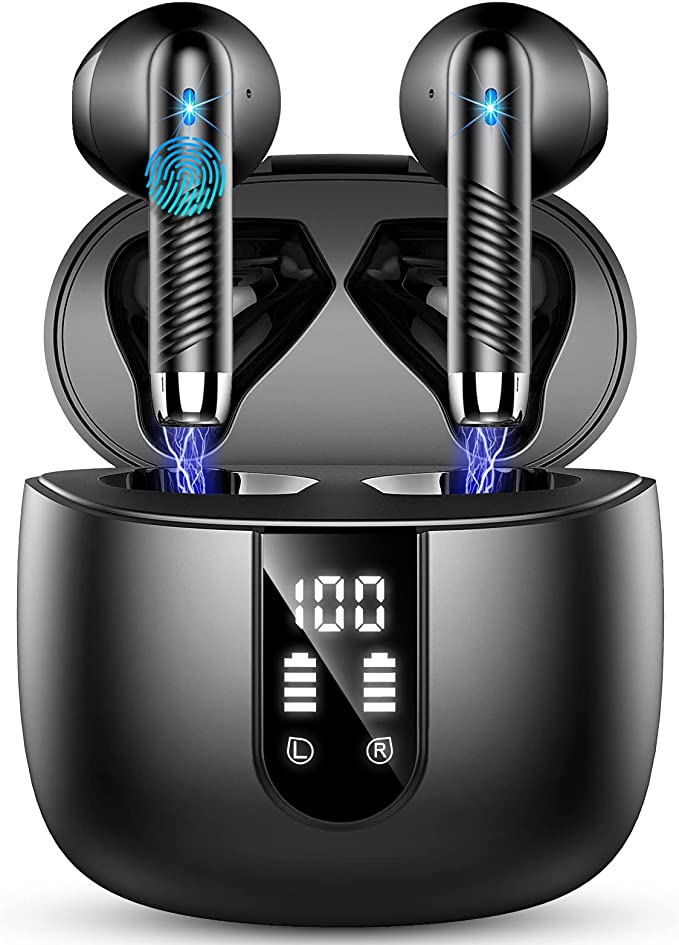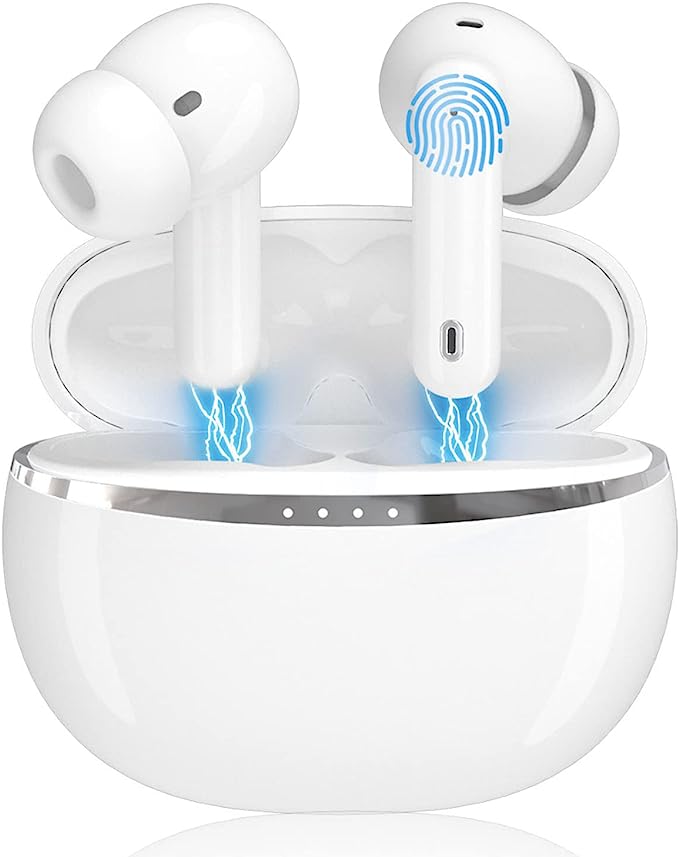JBL Tune Buds In-Depth: The Science of Noise Cancellation, Bluetooth 5.3, and Superior Sound
Update on May 30, 2025, 4:38 p.m.
We exist in a world awash with sound. It’s the rhythm of our lives – the soaring melody of a favorite song, the urgent briefing in a crucial meeting, the laughter of loved ones. Yet, this vibrant soundscape is often a battleground, where the sounds we cherish vie against a relentless barrage of noise: the urban clamor, the office din, the drone of transit. In this modern age, the ability to curate our personal auditory environment is not just a luxury, but an increasingly essential tool for focus, immersion, and connection. The challenge, then, is profound: how can diminutive devices, nestled almost invisibly in our ears, conjure both pristine silence and breathtaking sound? It is this fascinating intersection of physics, engineering, and human experience that we explore through the lens of the JBL Tune Buds. These true wireless earbuds serve as our gateway into the intricate alchemy of modern audio technology.

Act I: Engineering Tranquility – The Science of Active Noise Cancellation
Imagine the ambient world as an unwanted orchestra, each noise source – a rumbling engine, a chattering crowd, an insistent air conditioner – contributing its own disruptive instrument to a cacophonous symphony. Active Noise Cancellation (ANC), a cornerstone feature of the JBL Tune Buds, doesn’t just muffle this orchestra; it actively conducts a counter-melody to silence it.
At its core, sound travels in waves, defined by properties like frequency (pitch) and amplitude (loudness). Instead of merely erecting a physical barrier, ANC employs a far more sophisticated strategy rooted in the physics of destructive interference. The earbuds house tiny, strategically placed microphones that act as sentinels, constantly listening to and identifying the patterns of these incoming ambient sound waves. This is where the “active” part truly begins.
The captured soundwave information is instantaneously fed to a powerful onboard Digital Signal Processor (DSP) – essentially a miniature, hyper-efficient computer. This digital maestro analyzes the waveform of the unwanted noise in mere milliseconds. Its critical task? To generate a brand-new sound wave, an “anti-noise” signal, that is an exact acoustic mirror image of the original noise: same amplitude, but precisely inverted in phase. Think of it as a perfectly choreographed dance where a wave’s peak is met with an equal and opposite trough. When this meticulously crafted anti-noise wave is emitted by the earbud’s drivers and collides with the original ambient noise wave at your eardrum, the two effectively cancel each other out. The result isn’t just reduced noise; it’s a dramatically quieter soundscape, a bubble of tranquility where your desired audio can take center stage.
However, complete isolation isn’t always ideal. Sometimes, you need to reconnect with the world without yanking out your earbuds. This is where features like Smart Ambient and TalkThru come into play, demonstrating an intelligent evolution of noise control. Smart Ambient mode subtly uses the external microphones to allow specific environmental sounds to pass through – perhaps the announcement for your train platform or the sound of an approaching vehicle, enhancing situational awareness. TalkThru takes this further by typically lowering music volume and specifically amplifying voice frequencies, enabling quick conversations, say with a barista or a colleague, without interrupting your flow. This isn’t just about letting sound in; it’s about selectively curating it, shifting an earbud from an isolator to a smart auditory filter.
It’s worth noting that the effectiveness of ANC can be influenced by several factors. The fit of the earbuds in your ear canal is paramount, as a good seal creates the initial passive isolation upon which ANC builds. Furthermore, ANC generally excels at combating consistent, low-frequency droning sounds (like an airplane engine or road noise) more than sudden, sharp, high-frequency noises (like a dog bark or a dropped plate), due to the physics of sound waves and the processing speed required.

Act II: The Heartbeat of Music – Drivers, Tuning, and the Pursuit of “Pure Bass”
Once the stage of silence has been set by ANC, the spotlight turns to the earbuds’ ability to reproduce your chosen audio with fidelity and impact. At the core of this sonic reproduction within each JBL Tune Bud lies a 10mm dynamic driver. Think of a driver as a miniature, precision-engineered loudspeaker, responsible for the alchemical process of converting electrical signals sent from your device back into the physical air vibrations that your ears interpret as sound.
The “10mm” refers to the diameter of the driver’s diaphragm, the thin membrane that vibrates to create sound. While it’s a common generalization that larger diaphragms can move more air and thus potentially produce more powerful low-frequency (bass) response, driver size is but one variable in a complex acoustic equation. The material of the diaphragm, the design of the voice coil and magnet structure, the acoustic properties of the earbud housing itself, and, crucially, the digital tuning applied by the DSP all play significant roles in shaping the final sound signature.
The JBL Tune Buds are marketed with “JBL Pure Bass Sound.” From an acoustic perspective, this suggests a deliberate tuning philosophy aimed at emphasizing the lower end of the audio spectrum. Bass frequencies are foundational to many music genres, contributing to the rhythm, warmth, power, and emotional impact of a piece. A well-rendered bass can make music feel more immersive and visceral. JBL, with its long history in professional and consumer audio, likely leverages its expertise to craft a sound profile that delivers this engaging low-end experience.
However, the appreciation of sound is wonderfully subjective. What one person perceives as rich and powerful bass, another might find overwhelming, potentially at the expense of clarity in the midrange (where vocals and many instruments reside) or the sparkle of the high frequencies. This is where the potential for equalization, often managed via a companion smartphone application (as hinted at by user feedback on similar JBL products like “The app can make the buds sound great”), becomes important. The ability for a listener to act as their own “conductor,” tweaking the frequency response to match their personal preferences or the specific genre of music, transforms the earbuds from a static playback device into a more personalized audio tool. While a robust bass is an attractive feature for many, a truly high-fidelity experience often lies in achieving a balance across the entire frequency spectrum, ensuring that no single part anoints the others.

Act III: The Art of Being Heard – Microphone Technology and Call Clarity
In our hyper-connected world, true wireless earbuds are not just for music consumption; they are vital communication tools. The clarity of a hands-free phone call or a virtual meeting can make all the difference. The JBL Tune Buds address this with a 4-Mic technology system, implying a strategic deployment of multiple microphones, likely two per earbud, working in concert to elevate your voice above the noise.
The magic behind clearer calls in noisy environments often lies in a sophisticated microphone array technique known as beamforming. Imagine each microphone as an individual ear. By precisely analyzing the slight differences in the arrival time and intensity of sound at each microphone, the DSP can create a focused “listening beam” pointed directly towards your mouth. It’s like a sonic spotlight that preferentially captures your voice while simultaneously identifying and suppressing sounds originating from other directions – the clatter of keyboards, the hum of traffic, or the murmur of a nearby crowd. This directional focus significantly improves the signal-to-noise ratio, meaning the person on the other end of the line hears more of you and less of your surroundings.
Complementing this is VoiceAware, a feature that addresses a common, sometimes disorienting, aspect of using noise-isolating or noise-cancelling earbuds during calls: the “occlusion effect.” When your ears are sealed, you don’t hear your own voice resonating through your head and the air as you normally would. This can lead to speaking unnaturally loudly. VoiceAware, also known as sidetone in traditional telephony, subtly feeds a controlled amount of your own microphone input back into the earbuds. This allows you to perceive your own voice more naturally, helping you modulate your speaking volume for a more comfortable and clear conversation, both for you and your listener. It’s a small but crucial detail that makes a significant difference in the overall call experience, preventing that feeling of “talking in a barrel.”
Consider the real-world application: you’re taking an important client call while navigating a bustling city street. The beamforming microphones are working to isolate your voice from the honking cars and pedestrian chatter, while VoiceAware ensures you’re speaking at a confident, natural volume, not shouting to compensate for the perceived silence around your own voice. This synergy of microphone technology is what transforms a potentially frustrating call into a clear and productive exchange.

Act IV: The Unseen Threads – Bluetooth 5.3 and the LE Audio Horizon
The entire true wireless audio experience hinges on a seamless and robust connection between your earbuds and your source device. The JBL Tune Buds employ Bluetooth 5.3, one of the more recent iterations of this ubiquitous wireless standard. Understanding why this matters requires a brief appreciation for Bluetooth’s evolution. Early Bluetooth versions were often plagued by higher power consumption, shorter range, and less stable connections. Each new generation has brought significant improvements.
Bluetooth 5.3 offers several key advantages for an enriched audio experience:
- Enhanced Connection Stability & Efficiency: It provides more resilient connections that are less susceptible to interference, crucial in today’s crowded wireless environments. It’s also designed for lower energy consumption, which directly contributes to the impressive battery life figures of devices like the Tune Buds, allowing you to stream high-quality audio for longer periods.
- Synchronized Audio Streaming: This version allows for audio to be streamed independently and synchronized to each earbud. This not only improves the reliability of the connection to each bud but also enables features like using a single earbud if desired.
- Broader Audio Sharing Potential: Bluetooth 5.3 facilitates features that allow you to share your audio stream with a friend who also has compatible headphones, making for shared listening experiences without the tangle of splitters.
Beyond the current capabilities of Bluetooth 5.3, the JBL Tune Buds are engineered with an eye to the future, with stated support for LE Audio, which is anticipated via an Over-The-Air (OTA) firmware update at a later stage. LE Audio is a significant next-generation Bluetooth audio standard that promises to revolutionize wireless sound:
- The LC3 Codec: At its heart is the new Low Complexity Communication Codec (LC3). This advanced codec is designed to deliver significantly better audio quality than the default SBC codec, even at lower data rates. This means it can provide either higher fidelity sound or comparable sound with much lower power consumption and reduced latency.
- Auracast™ Broadcast Audio: One of the most exciting features of LE Audio is Auracast™. This will enable a new paradigm of audio sharing, allowing a single source device (like a phone, TV, or public announcement system in an airport or gym) to broadcast audio to an unlimited number of nearby LE Audio-compatible receivers. Imagine tuning into a silent TV in a public space directly with your earbuds, or sharing a playlist with multiple friends simultaneously in high quality.
While the full implementation and timeline for LE Audio features via OTA update remain at the discretion of the manufacturer, its inclusion signals a forward-thinking approach, future-proofing the earbuds for the next wave of wireless audio innovation.

Act V: Everyday Resilience & Uninterrupted Rhythms – Battery and Durability
For true wireless earbuds to be truly liberating, they need the stamina to keep pace with your day and the resilience to withstand its occasional rigors. The JBL Tune Buds address these practicalities head-on.
The promise of up to 48 hours of total battery life (12 hours from the earbuds themselves, plus an additional 36 hours मुहैया (provided) by the charging case, with ANC off) is a significant figure. Even with Active Noise Cancellation engaged, a still substantial 10 hours from the buds and 30 from the case are on offer. This impressive endurance is a result of a combination of factors: the energy efficiency of Bluetooth 5.3, optimized power management within the earbuds’ circuitry, and the capacity of the lithium-ion batteries housed in both the buds and the case. This kind of longevity means less “battery anxiety” – you can confidently embark on long journeys, extended work sessions, or multiple workouts without constantly worrying about finding a power outlet.
And for those moments when time is a luxury you don’t have, Speed Charge functionality offers a rapid power-up. A mere 15-minute charge is stated to provide 4 hours of playtime, perfect for a quick top-up before heading out the door.
Beyond power, there’s the question of durability. The JBL Tune Buds carry an IP54 rating. This Ingress Protection rating is an international standard (IEC 60529) that defines the levels of sealing effectiveness against intrusion from foreign bodies (like dust) and moisture. Let’s break it down:
- The first digit, “5” (Solid Particle Protection): This indicates that the earbuds are “dust protected.” While not entirely dust-tight, any dust ingress will not be sufficient to interfere with the satisfactory operation of the device.
- The second digit, “4” (Liquid Ingress Protection): This signifies protection against “splashing water.” This means the earbuds can withstand water splashes from any direction.
In practical terms, an IP54 rating means you can confidently wear the JBL Tune Buds during a sweaty gym session, on a run where you might encounter light rain, or simply not worry excessively about everyday minor splashes. It’s an invisible shield that adds a layer of reassurance for active lifestyles and daily use, though it’s important to remember this doesn’t mean they are waterproof for submersion or swimming.

Finale: The Personal Audio Renaissance
The JBL Tune Buds, when viewed through the lens of their underlying technology, are far more than just a pair of small earpieces. They represent a remarkable convergence of disciplines: the nuanced physics of acoustics, the lightning-fast precision of digital signal processing, the ever-evolving intricacies of wireless communication, the chemistry of advanced battery technology, and the practicalities of ergonomic and durable design.

Features like Active Noise Cancellation are not just about blocking sound; they are about granting us the agency to sculpt our own auditory environment, to find focus in chaos, or to simply enjoy our music with fewer distractions. The advancements in microphone arrays and voice processing aim to make our increasingly digital conversations feel more natural and present. The relentless march of Bluetooth technology, culminating in standards like 5.3 and the promise of LE Audio, seeks to make our connections more robust, efficient, and versatile than ever before. And the pursuit of longer battery life and practical durability frees us to integrate these technologies more seamlessly into the fabric of our lives.
Ultimately, the sophisticated engineering packed into devices like the JBL Tune Buds serves a singular, deeply human purpose: to enhance our experience of sound. Whether it’s the profound silence that allows for deeper concentration, the thumping bass that moves us, the crystal-clear voice that connects us, or the uninterrupted soundtrack to our daily adventures, these tiny technological marvels are key players in an ongoing personal audio renaissance. The journey of sound technology continues, driven by an unceasing quest to deliver listening experiences that are more immersive, more intelligent, and more intimately attuned to the rhythms of our individual worlds.


